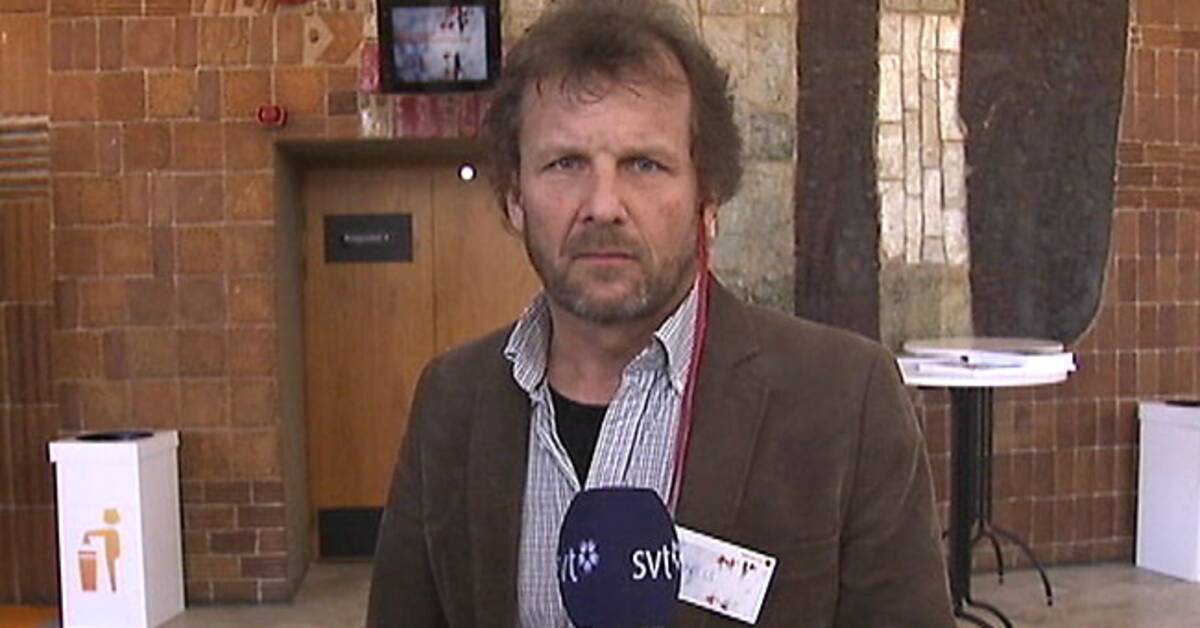Yesterday marked the tenth anniversary of the tsunami disaster in Fukushima.
Today it is ten years since the nuclear accident in the same city.
It was only on March 12 that the explosion in the first reactor took place, about a day after the tsunami.
It would be followed by more.
Meltdowns and explosions in three reactor blocks in Fukushima were eventually rated as a seven out of a maximum of seven on the international Ines scale.
Same as Chernobyl.
But just as fully, the UN's updated report from 2020 believes that no deaths or increased cancer risks can be linked to the nuclear accident.
15,000 deaths in Japan after the disaster is not about radiation - it's about the earthquake and tsunami wave.
The UN does not believe in increased cancer cases
In the preliminary report from 2013, an increased number of cases of thyroid cancer was discovered.
The thyroid gland in particular is, especially in children, extra sensitive to radiation.
But after in-depth studies, the UN now believes that the increase was due to the fact that so many individuals were screened with refined methods that they simply discovered more early cases of thyroid cancer.
One of the UN's responsible for the report on Fukushima, Jaya Mohan, writes to SVT that they neither believe in nor expect any noticeable increased cancer cases as a result of the nuclear accident at all.
The effects have then been calculated over an 80-year term.
The same UN body, UNSCEAR, on the other hand, estimates 19,000 extra cases of thyroid cancer due to the radiation from Chernobyl.
But the doses in Fukushima were much lower than after the Chernobyl accident.
For one thing, only ten percent of the amount of dangerous nuclides existed after Fukushima.
For one thing, only 20 percent of the radioactive material ended up over land.
The rest ended up in the sea.
But the costs of cleaning up and managing the Fukushima accident site are astronomical.
The work is expected to last more than 50 years and cost the equivalent of SEK 7,000 billion.
There is, of course, enormous human suffering here.
But the thesis that nuclear power's biggest problem is not health risks but economics is supported in stark terms in Fukushima.
Redrawn the world map for nuclear power
The accident caused the government in Germany to decide on a rapid phase-out of all nuclear power by 2022. In Japan, most reactors are still shut down.
In Switzerland, there was a referendum and stopped plans for new reactors, and the decision to phase out all nuclear power by 2035.
The accident also led to demands from international authorities for improved safety.
Individual core cooling for each reactor - which requires expensive investments.
Costs that weighed heavily when Swedish nuclear power owners decided to close two reactors in Oskarshamn and later two reactors in Ringhals.
Even in the USA, ten nuclear power plants have been closed in the last year alone.
A recent report from US authorities shows – perhaps somewhat unexpectedly that during Donald Trump's fourth presidential year, coal and nuclear power decreased significantly – but wind power is increasing all the more.
In 2020, for the first time, renewable energy was greater than both coal and nuclear power in the US electricity system.
This probably wouldn't have happened either if it weren't for the nuclear accident in Japan 10 years ago - which, according to the UN, did not cause a single death.

